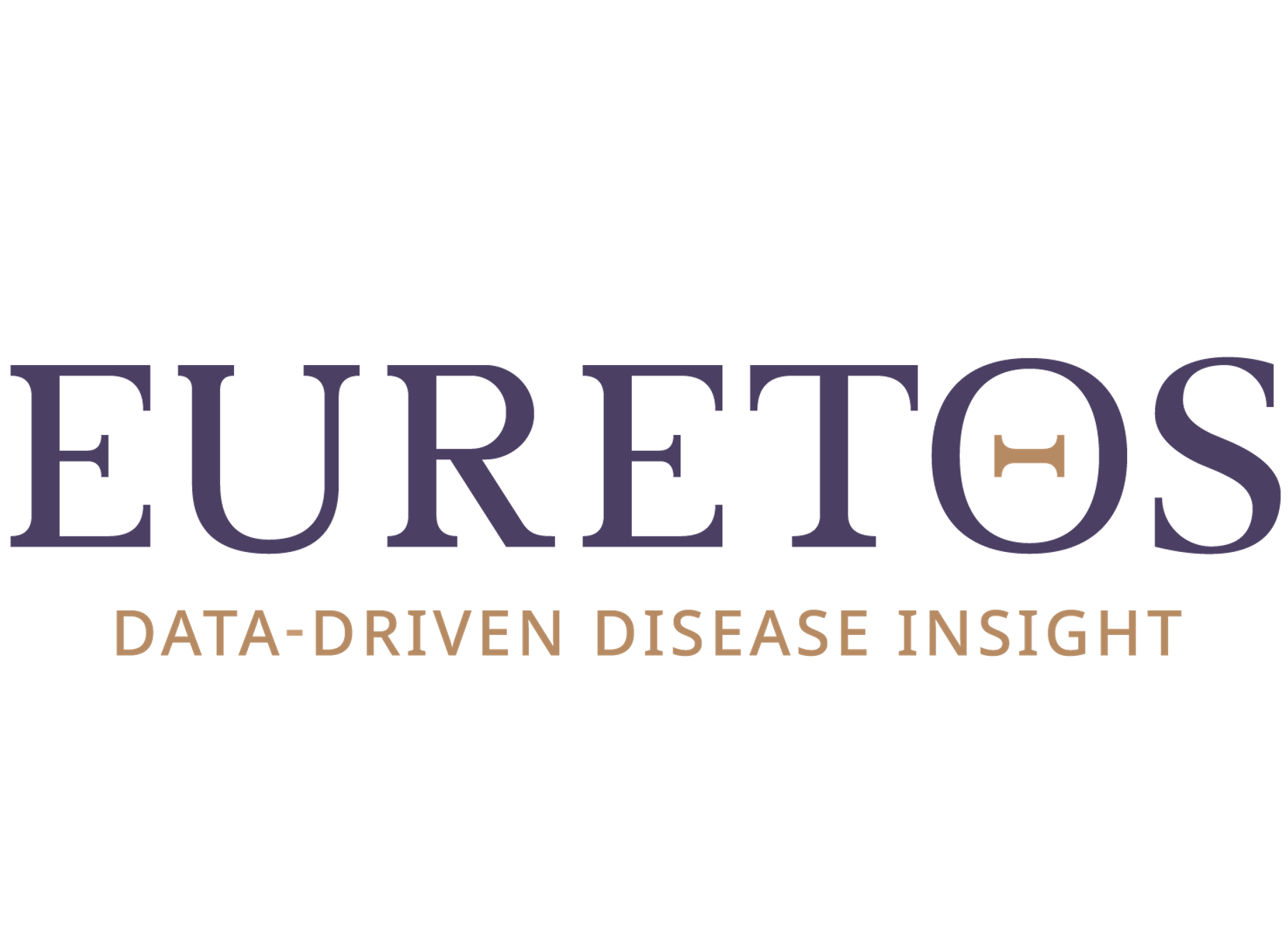At the end of this Parkinson’s Disease month we look back to the progress made in Parkinson Disease research. A recent study has brought to light significant findings regarding the behavior of different dopaminergic neuron populations in the presence of this neurodegenerative condition. By focusing on the dichotomy between robust and sensitive neurons, we dive deeper in these results to offer a novel perspective on potential neuroprotective mechanisms and therapeutic targets.
"Our study built on foundational research that identified various subpopulations of these neurons, each responding differently to the disease's progression."
PD's hallmark is the loss of dopaminergic neurons in the substantia nigra, leading to the well-known motor symptoms such as tremors and rigidity. Our study built on foundational research that identified various subpopulations of these neurons, each responding differently to the disease's progression. Among these, certain neurons, labeled as CALB1-GEM and CALB1-TRHR, demonstrated resilience by not only surviving but increasing in proportion in the disease state. In contrast, SOX6-AGTR1 neurons were notably vulnerable, diminishing significantly in PD patients.
Figure 1: Heterogeneous dopaminergic neuron populations in Parkinson Disease patients
The Euretos platform's data-driven analysis workflows helped to delve deep into the molecular underpinnings that contribute to this disparity:
"By leveraging advanced algorithms and vast datasets, the platform could discern patterns and correlations that escape traditional analysis methods."
Figure 2: multi-faceted role of EGFR in Parkinson Disease.
The Euretos platform for translational research played a key role in identifying and analyzing these complex biological interactions. By leveraging advanced algorithms and vast datasets, the platform could discern patterns and correlations that escape traditional analysis methods. This capability is not just academic; it has profound implications for developing targeted therapies that could bolster the resilience of dopaminergic neurons against PD.
The insights from this study present new hypotheses for translational scientists focusing on neurodegenerative diseases. Understanding why certain neurons resist PD's ravages while others succumb could lead to new strategies that enhance the brain's intrinsic defensive capabilities. As we continue to harness the power of AI in biomedical research, our approach to diseases like Parkinson's becomes increasingly refined, potentially leading to breakthroughs in how we treat, manage, and ultimately prevent these conditions.
The interplay of genetics, environment, and cellular behavior in Parkinson's Disease is intricate and multifaceted. By using our platform for translational research to explore these dimensions, we are uncovering new layers of understanding that could pave the way for innovative interventions. For researchers and clinicians in the field of neurodegeneration, these findings offer a promising avenue for further investigation and therapy development.
"Understanding why certain neurons resist PD's ravages while others succumb could lead to new strategies that enhance the brain's intrinsic defensive capabilities."
This case study does not just demonstrate the resilience of certain neuronal populations but also shows the power of data-driven approaches in advancing our understanding of complex diseases. As we continue to decode the secrets of PD, the Euretos platform stands ready to assist in translating these insights into tangible benefits for patients worldwide.
Subscribe to our mailing list and receive our quarterly updates!
Read our Terms and Conditions

Keep up with our latest news and events. Sign up for our newsletter.